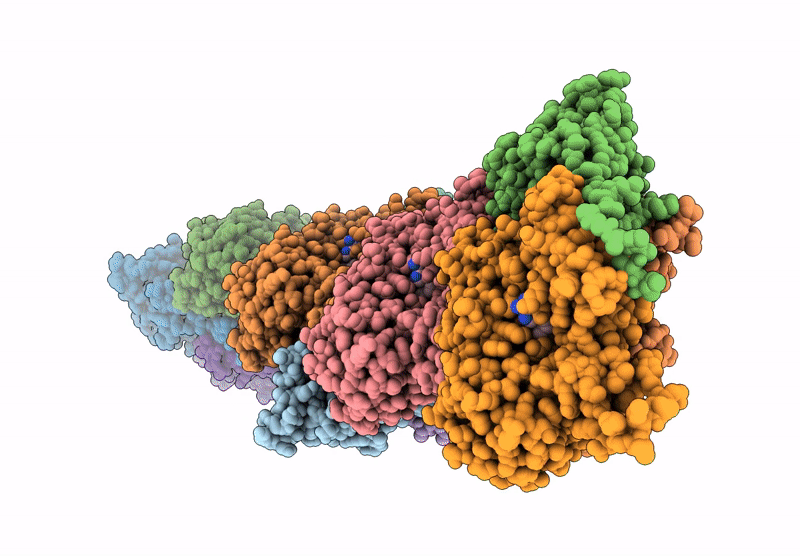
Deposition Date
2023-12-21
Release Date
2024-12-25
Last Version Date
2025-07-23
Entry Detail
PDB ID:
8VFM
Keywords:
Title:
Salmonella effector protein SipA decorated actin filament
Biological Source:
Source Organism:
Salmonella (Taxon ID: 590)
Gallus gallus (Taxon ID: 9031)
Gallus gallus (Taxon ID: 9031)
Host Organism:
Method Details:
Experimental Method:
Resolution:
3.60 Å
Aggregation State:
PARTICLE
Reconstruction Method:
HELICAL


